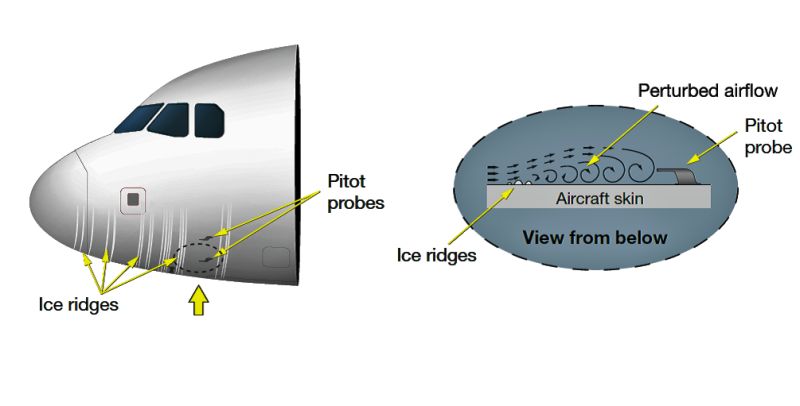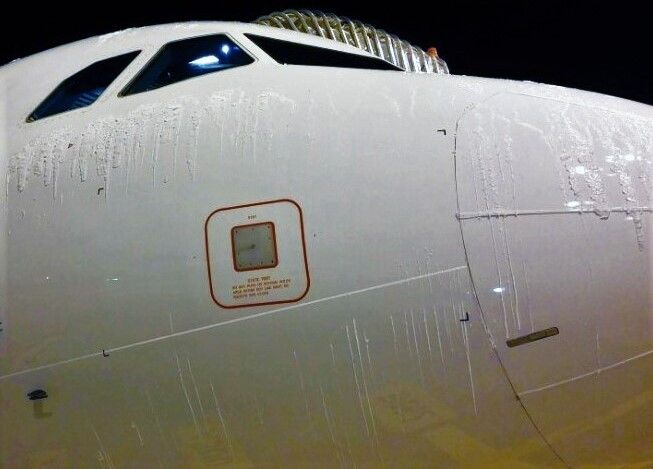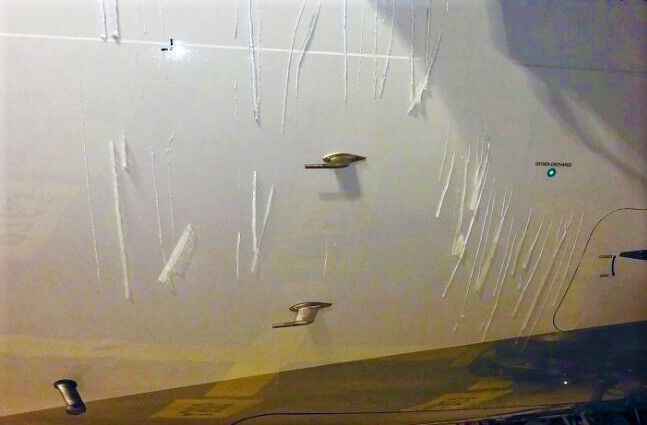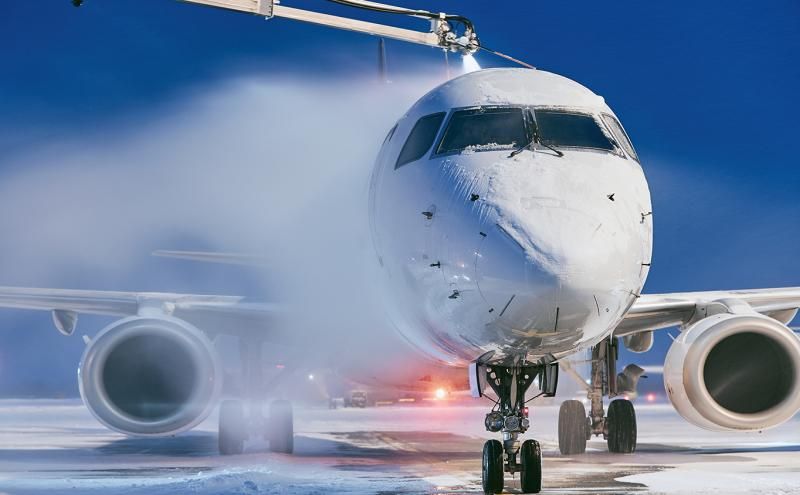What is an “Ice Ridges Phenomenon” ? How can this affect flying of an aircraft adversely ?


✔We can define the phenomenon as, the build-up of ice ridges on the lower nose fuselage in front of the Pitot probes, that can create airflow perturbations & causes airspeed computed value to be lower than the actual airspeed.
✔Primary cause of ice ridges over the lower nose fuselage area is ice accretion during a long stay on ground in cold conditions aided by Nil or partial ground De-icing act.
✔Secondary reason can be, when snow falling on a heated windshield melts & the water running down from the windshield refreezes in ridges on the lower fuselage.

✔Not an well known condition to Flight & maintenance crew, the consequences of ice ridges located forward of the Pitot probes on the lower nose fuselage prompt airflow perturbations forward of the probes.
✔Eventually, this can lead to the airspeed data coming from the ADR (or ADC) associated with the affected probe(s), to be at a value that is significantly lower than the actual airspeed, affecting the aircraft systems.

✔Attention to the potential presence of ice ridges in cold weather conditions, especially for the first flight of the day or after an extended stay on ground is sought.
Author – Tanmay Palei
Sr. Aircraft Structure Engineer
